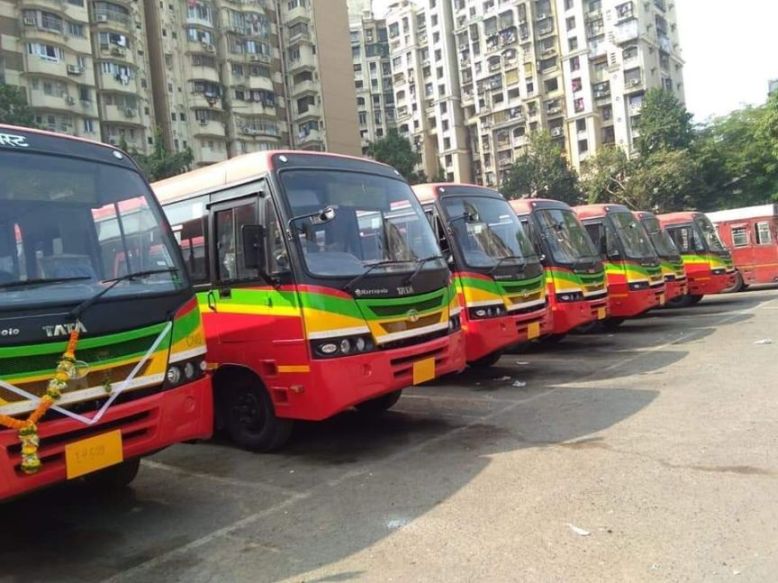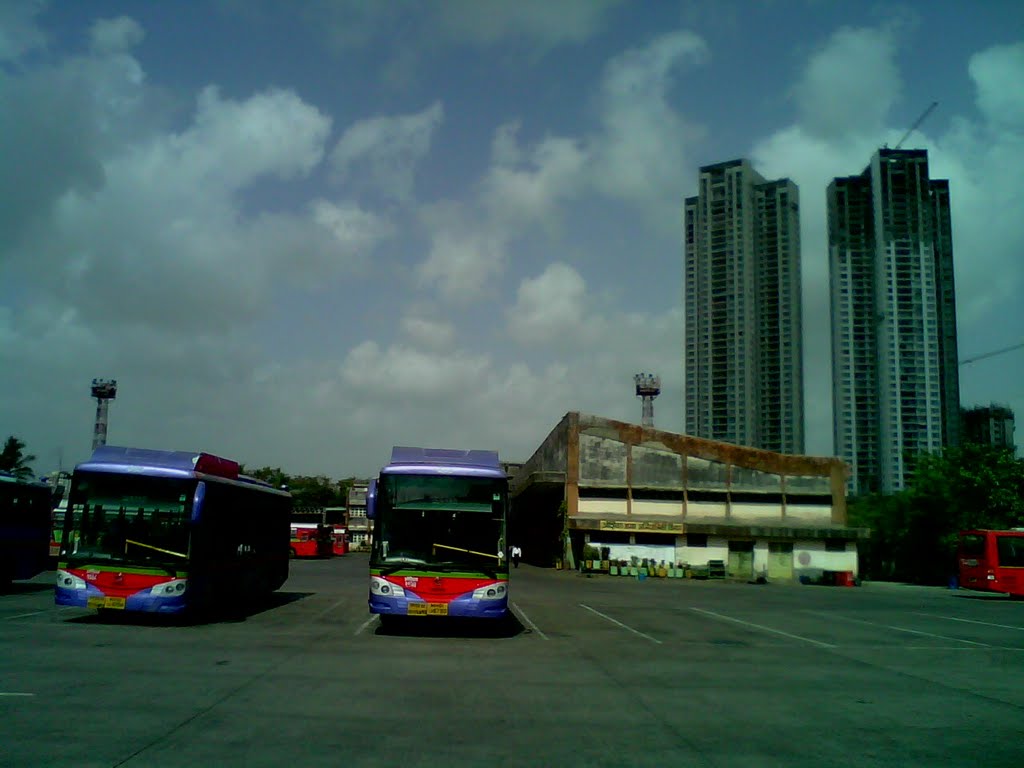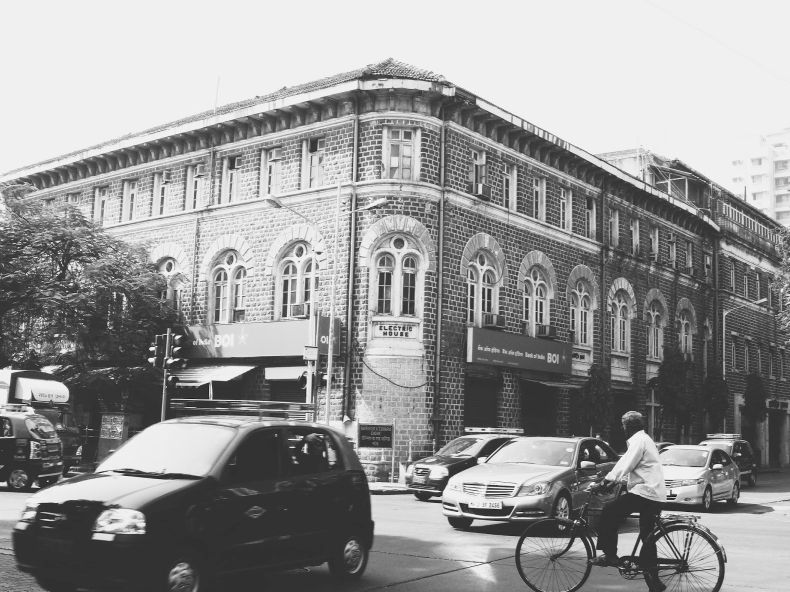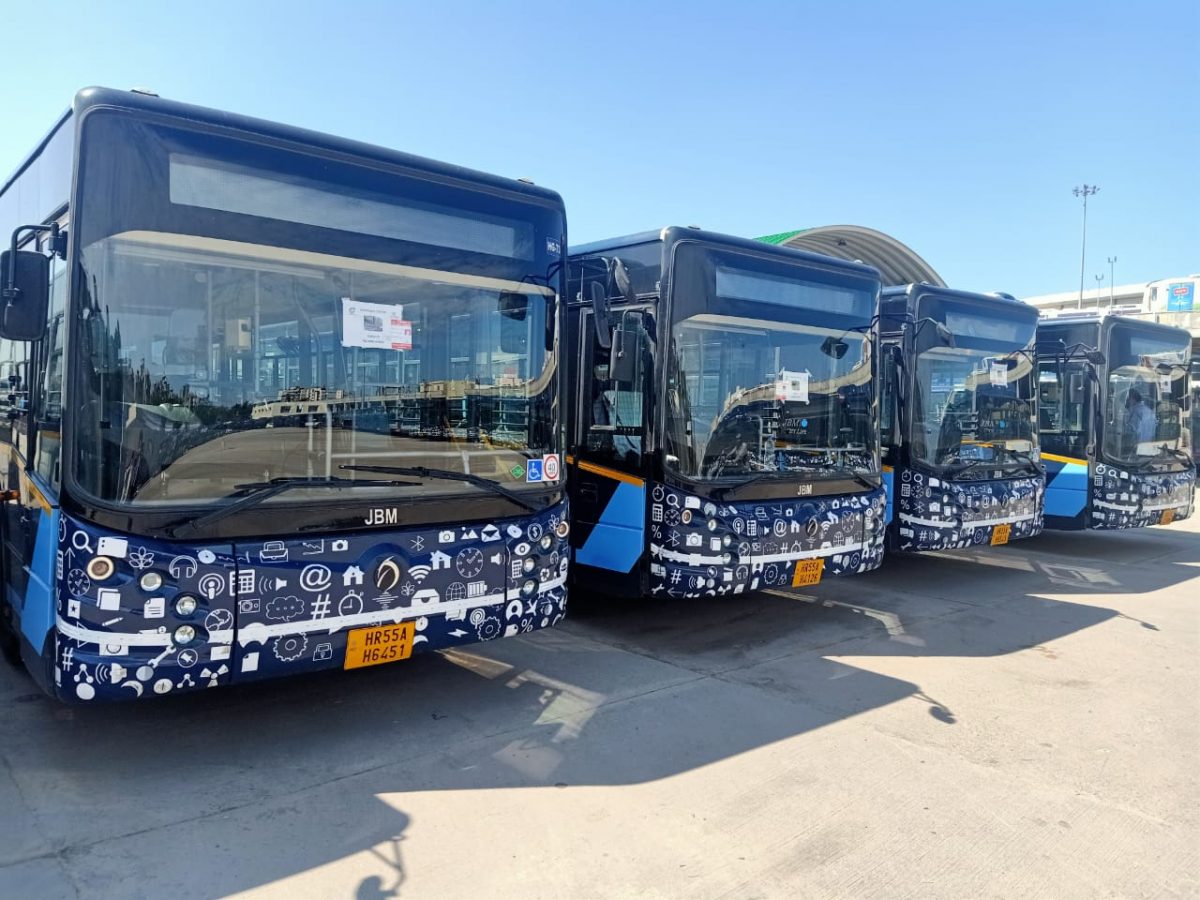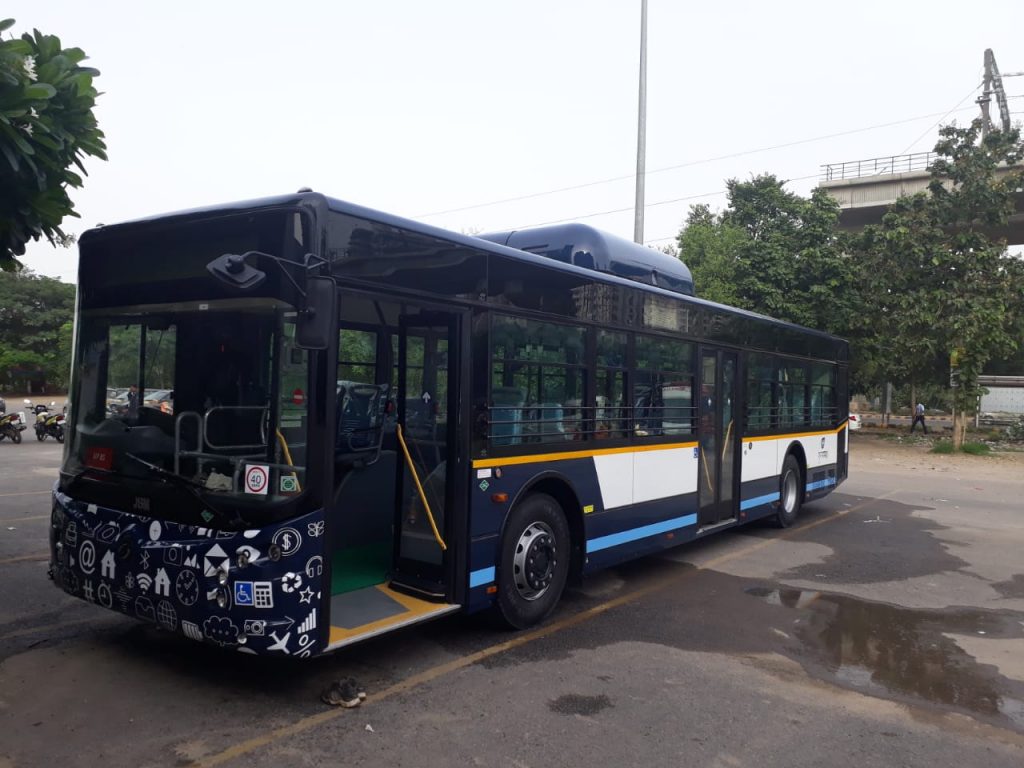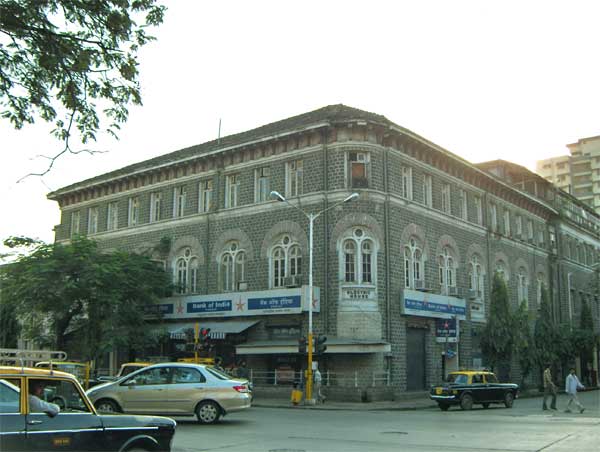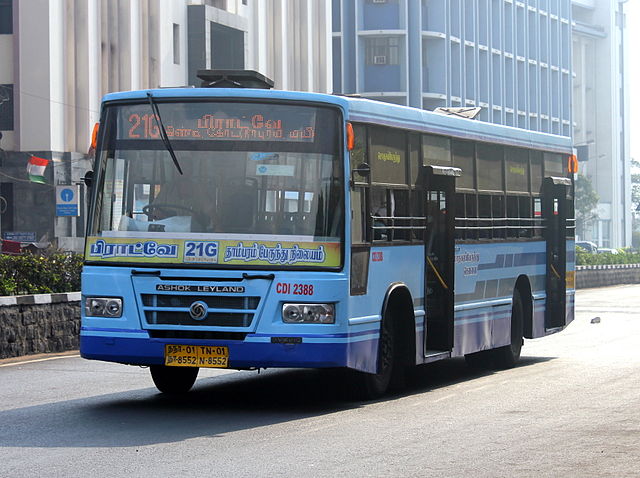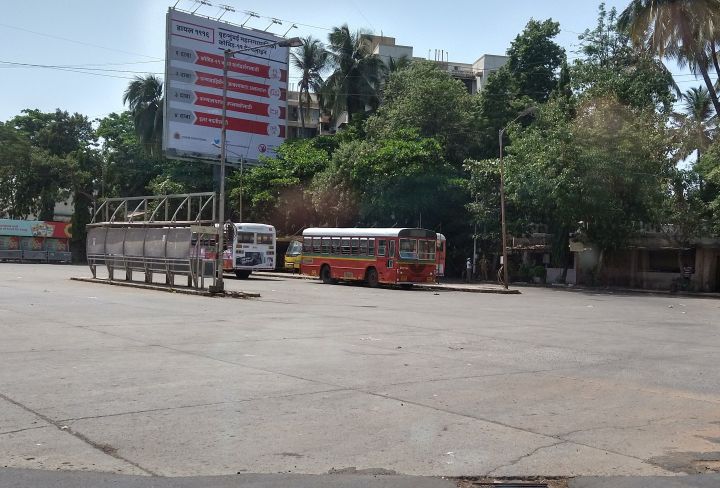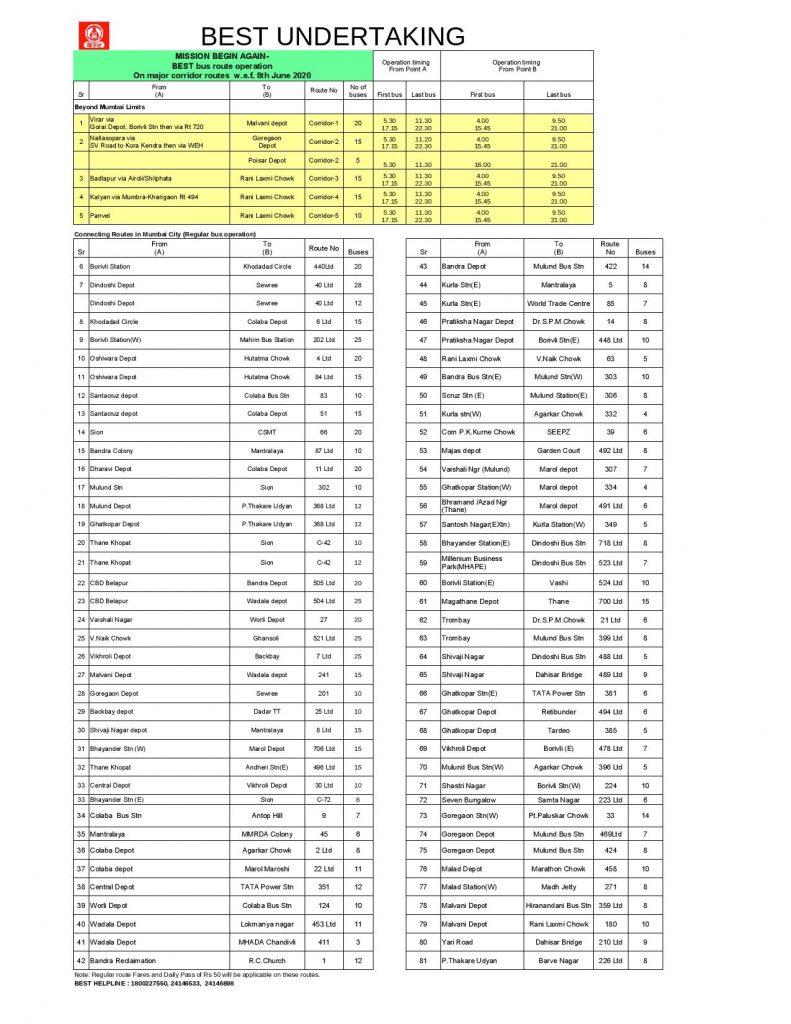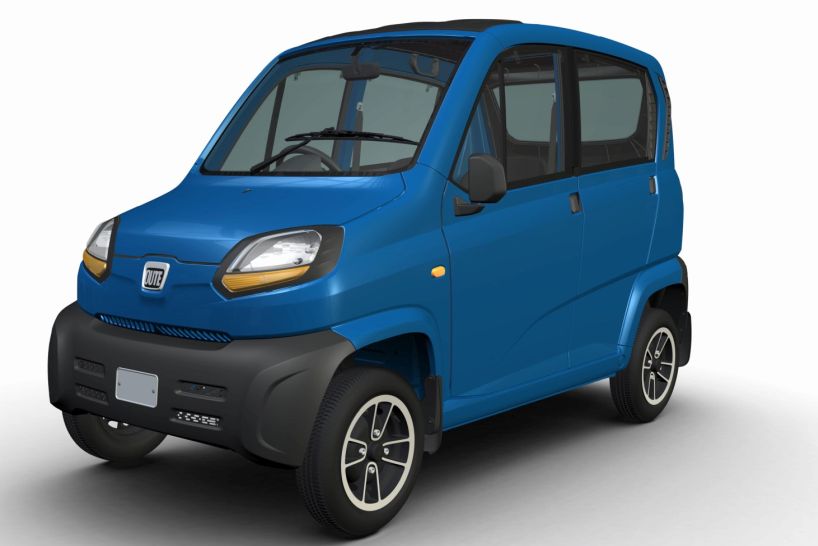Over the last one month, I have managed to find some incredibly drool-worthy aerial pictures of Mumbai’s new mini-bus fleet from across the city. We’ve seen them at the Colaba Depot, we’ve seen them at the Oshiwara Depot. We’ve also seen a picture of Gurgaon’s buses and metro trains parked at the depot in the northern city. While I have been looking around for similar pictures of other cities to share, notably Pune, Bangalore, Hyderabad and Chennai, I stumbled upon a pair of glorious pair of pictures of the Mumbai Central Depot along with its fleet of Tata Marcopolo CNG midi-buses!
Both these pictures were clicked by Aayush Bhagat who goes by the username mr_clickographer_ on Instagram using a DJI Mavic Pro drone. They also had similar captions, asking the viewer to count the number of buses. This is a very difficult question to answer because most of us bus fans just stare at the picture, totally mesmerized by it.
Anyway, without much ado, let me share with you, the pictures.
In this picture you can see a fantastic view of the entire Mumbai Central Depot with its regular, full-sized, non-airconditioned buses as well as the red-coloured midi-buses. To answer the question, there are a total of 108 buses, 49 regular and 59 air-conditioned.
And now, on to the next set. This is more zoomed in but is still as gorgeous as the previous one.
In this shot, there are a total of 41 buses (30 regular and 11 midis) plus two cars parked at the depot. It still is beautiful and extremely drool-worthy, no?
What are your thoughts? Were you able to count the number of buses or were you too busy just staring at these beauties?
Don’t forget to follow Aayush on Instagram!
Move over the mini-buses, it’s time to drool over the midi-buses!
Featured image: Tata Marcopolo CNG buses waiting to be fueled at Mumbai Central (Rajendra Aklekar/Twitter)
Also, another request to consider supporting me on Patreon!
Become a Patron! ![]()
